热门趋势
Categories
Volaris Reports $63 Million Net Loss Amid Declining Revenues and Margins
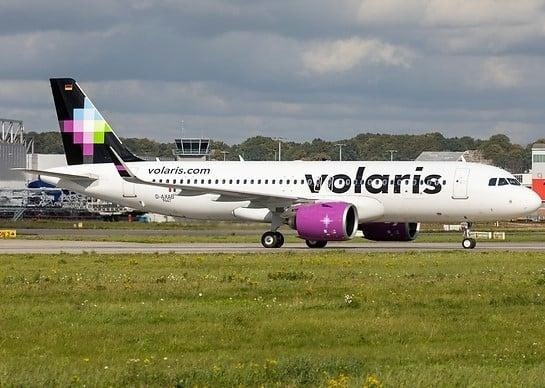
Volaris Reports $63 Million Net Loss Amid Declining Revenues and Margins
Volaris has announced a net loss of $63 million for the most recent quarter, equating to a loss of $0.55 per American Depositary Share (ADS). The airline is contending with significant pressures on both revenue and profit margins. Total operating revenues declined by 5% year-over-year, falling to $693 million, primarily driven by weaker unit revenues. Despite a 9% increase in capacity, with available seat miles (ASMs) reaching 8.9 billion, revenue per available seat mile (TRASM) dropped 12% to $7.80.
Operating expenses rose to $715 million, up from $660 million in the same quarter last year. Although total operating expenses per available seat mile (CASM) remained stable at $8.05, non-fuel costs exerted upward pressure, with CASM excluding fuel increasing by 7% to $5.69. The airline did benefit from a 14% reduction in average economic fuel costs, which decreased to $2.46 per gallon.
Earnings before interest, taxes, depreciation, amortization, and rent (EBITDAR) fell by 26% to $194 million, with the EBITDAR margin contracting by eight percentage points to 27.9%. This decline signals a notable reduction in operational profitability. Volaris closed the quarter with $788 million in total cash, cash equivalents, and short-term investments, representing 26% of its total operating revenue over the past twelve months. The company’s net debt-to-LTM EBITDAR ratio increased slightly to 2.9x from 2.7x in the previous quarter, reflecting a modest rise in leverage amid ongoing cost and revenue challenges.
Market Implications and Strategic Outlook
The reported net loss and shrinking margins may place Volaris’s market position under strain, potentially inviting intensified competition from other low-cost carriers such as Interjet. This financial performance could trigger a decline in Volaris’s stock price, while competitors might capitalize on the opportunity to expand their market share through more aggressive pricing strategies. The current financial pressures may also compel Volaris to reevaluate its operational costs and explore new revenue streams to sustain competitiveness.
Despite these challenges, Volaris’s leadership maintains a cautiously optimistic outlook. President and CEO Enrique Beltranena emphasized the company’s confidence in its strategic approach, stating, “With improved visibility into second-half demand drivers and ongoing capacity discipline, we are reinstating our full-year guidance for EBITDAR margin, which we now expect in the range of 32% to 33%. Despite external geopolitical headwinds, our flexible business model and resilient cost structure enable us to moderate growth, remaining prudent and aligned with market trends. Going forward, our capacity decisions will remain anchored in two guiding priorities – customer demand and sustained profitability, and we continue to see meaningful opportunities in our business model and our markets to generate long-term value.”
As Volaris navigates heightened competition and financial headwinds, its capacity to adapt operational strategies and leverage market opportunities will be crucial to maintaining long-term growth and profitability.

Star Air and HAL to Establish MRO Facility for Embraer Aircraft in India
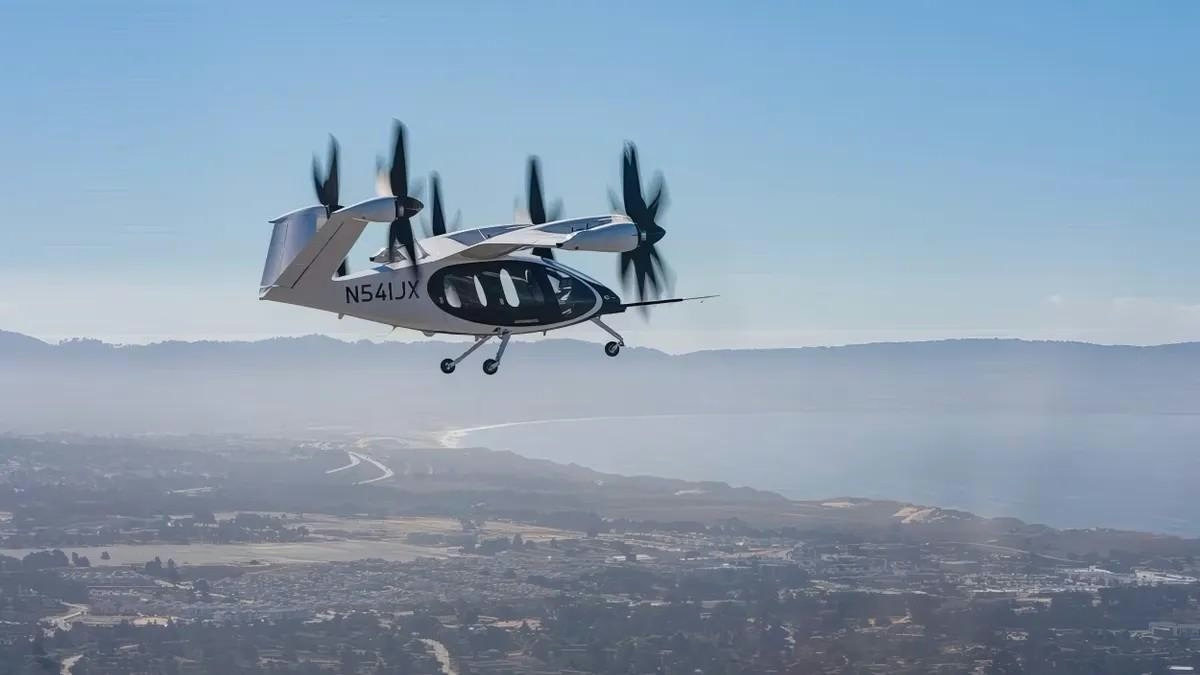
ANA and Joby Aviation Demonstrate eVTOL Flights at Expo 2025 Osaka
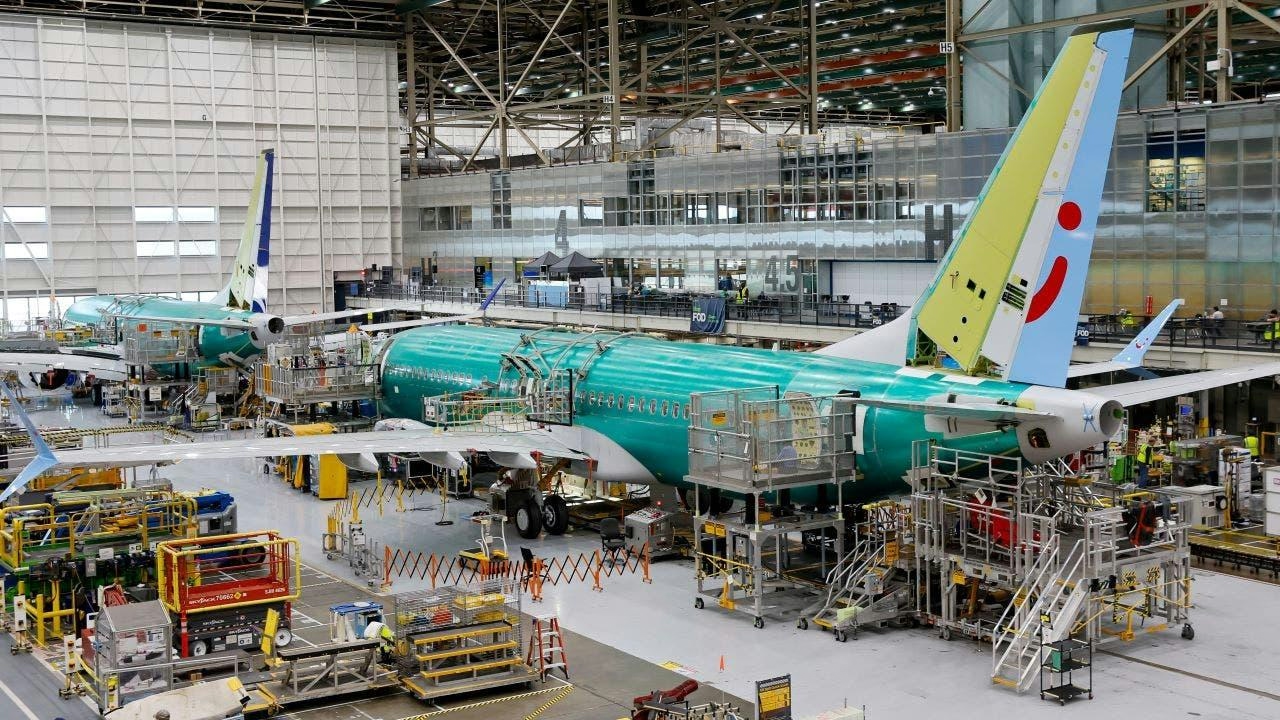
Airlines Confront Rising Labor Costs Amid Growing Use of AI

Congressional Mandates Shape Aviation Safety and Defense Technology

Duncan Aviation Updates GL-5000 System

Rowan University, NARTP, and ACEA Form Aerospace Innovation Consortium

DGCA Proposes Import of Aircraft Up to 20 Years Old Amid Supply Chain Issues
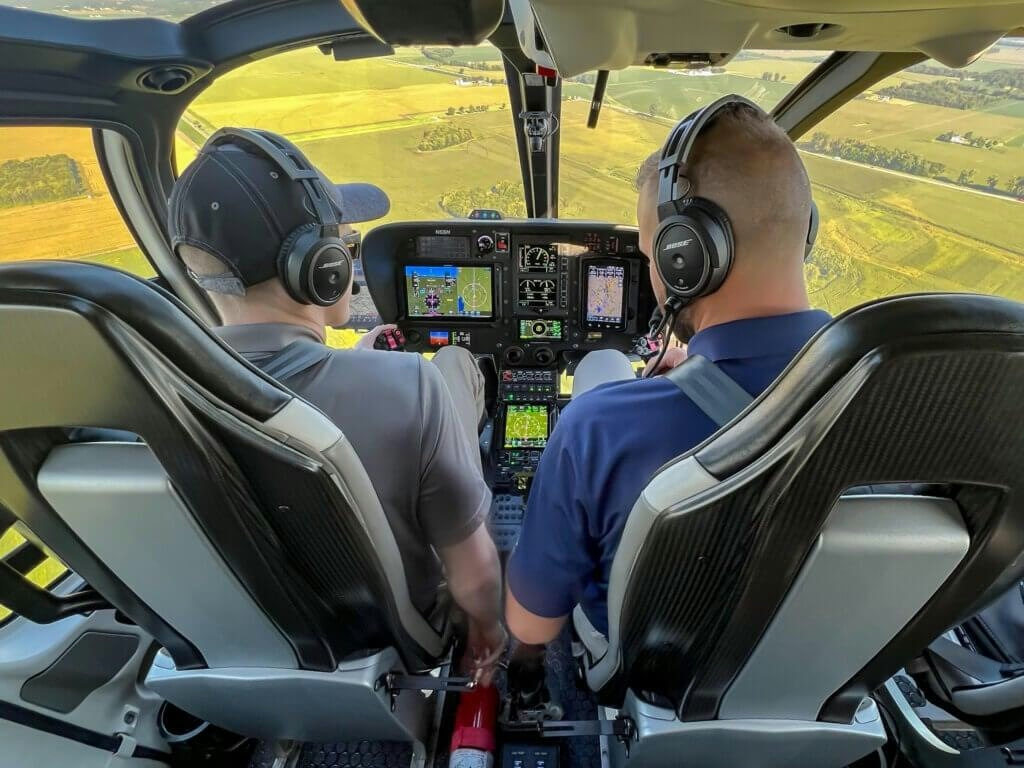
Jetson Completes First Global Delivery with Palmer Luckey
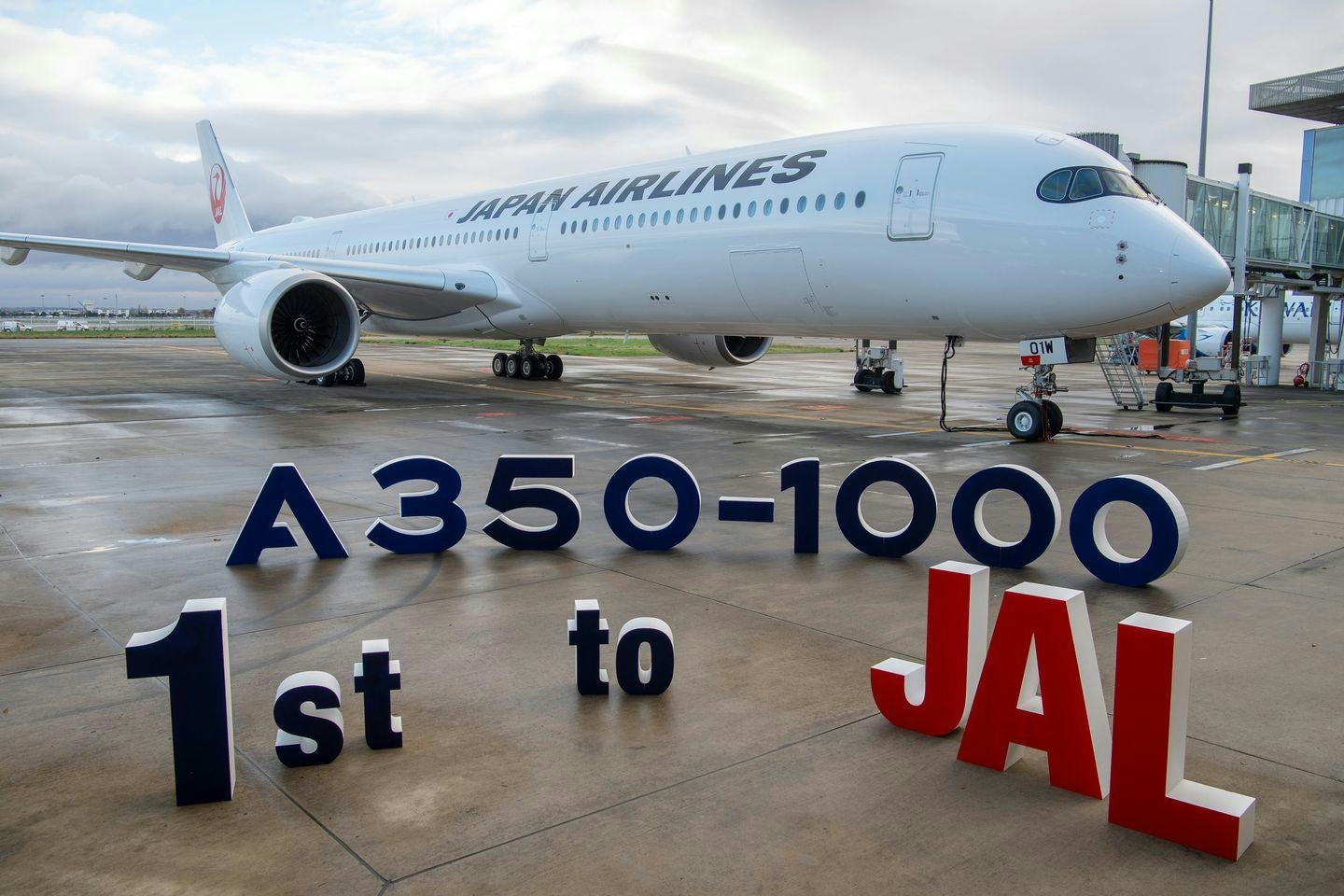
Airbus Delivers 61 Aircraft in August 2025, Reaches A350-1000 Milestone

